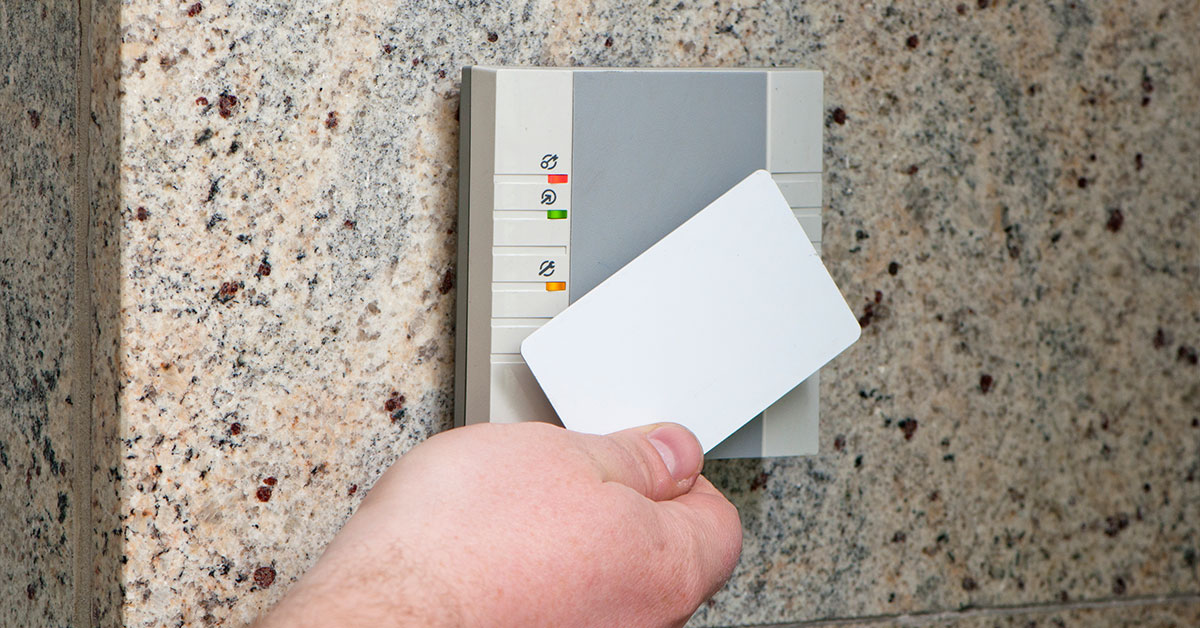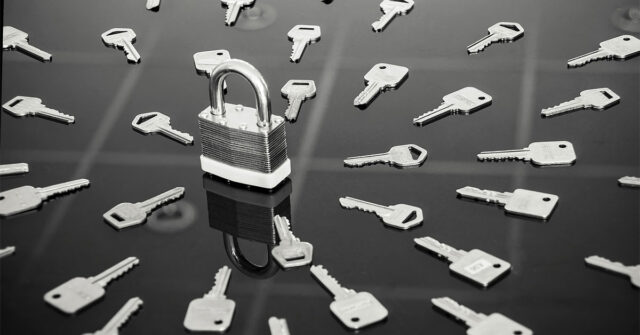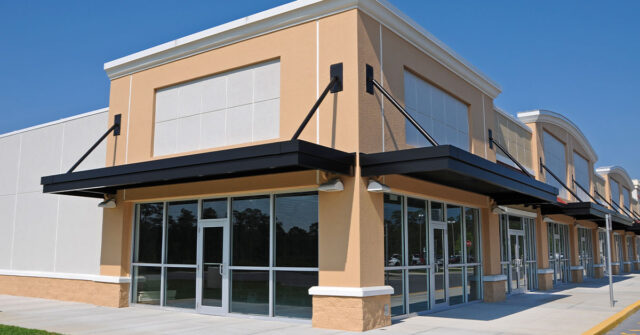Access control is a critical aspect of modern business security. It encompasses a range of technologies and strategies aimed at protecting your organization’s physical and digital assets.
In this comprehensive guide, we’ll delve into the world of access control systems, exploring their types, benefits, and considerations for Australian businesses.
The Importance of Access Control
Access control systems are the foundation of security for any business. They ensure that only authorized personnel can access specific areas or information within your organization.
By implementing robust access control, you can safeguard sensitive data, protect your employees, and maintain the integrity of your operations.
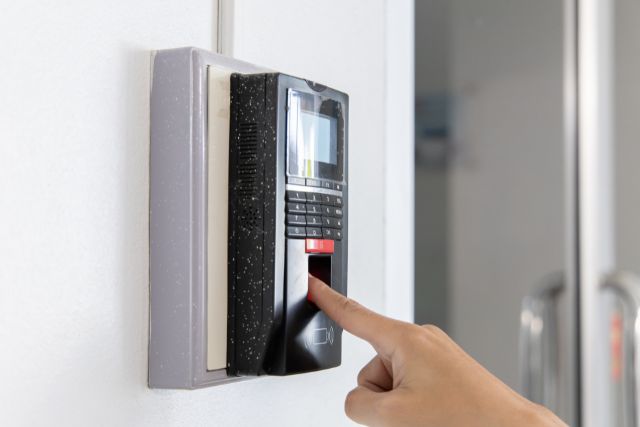
Understanding Access Control Systems
Access control systems come in various forms, each tailored to specific needs. Physical access control involves measures like key cards, proximity cards, and biometric access control.
Electronic access control includes role-based access control (RBAC) and visitor management systems. Network access control (NAC) governs access to your IT infrastructure.
Why Access Control Matters for Australian Businesses
In the Australian business landscape, access control is crucial due to its role in compliance with local regulations.
It ensures that sensitive customer data and proprietary information are handled securely, helping you avoid costly data breaches and legal consequences.
Types of Access Control Systems
Access control systems can be categorized into three main types:
1. Physical Access Control
Physical access control involves controlling entry to physical spaces within your organization.
Key cards, proximity cards, and biometric systems like fingerprint and retina scans are commonly used in Australian businesses to grant or deny access to specific areas.
1.1 Key Cards and Proximity Cards
Key cards and proximity cards are convenient and widely adopted access control methods in Australia. Employees can gain entry by swiping their card or holding it near a reader, making it efficient and secure.
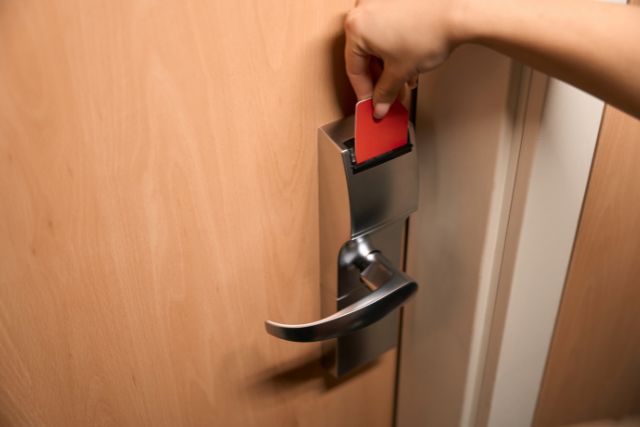
1.2 Biometric Access Control
Biometric access control, such as fingerprint or retina scans, offers a high level of security, as it relies on unique physical traits. Many Australian businesses use biometrics to protect sensitive areas.
1.3 Keypads and PINs
Keypads and PINs provide an additional layer of security. Employees must enter a code to gain access, and this method is often used in conjunction with other physical access control systems.
2. Electronic Access Control
Electronic access control focuses on managing digital access rights.
Role-based access control (RBAC), time-based access control, and visitor management systems are commonly implemented in Australian organizations to safeguard sensitive data.
2.1 Role-Based Access Control (RBAC)
RBAC assigns access rights based on job roles. It ensures that employees can only access the data and systems necessary for their roles, reducing the risk of data breaches.
2.2 Time-Based Access Control
Time-based access control restricts access to certain hours, ensuring that employees can only access resources when needed. This is particularly useful for businesses with shift work in Australia.
2.3 Visitor Management Systems
Visitor management systems enhance security by providing temporary access credentials to guests, contractors, or visitors, ensuring that they only enter authorized areas.

3. Network Access Control (NAC)
Network access control is essential in the digital age. It governs access to your organization’s network and IT resources, protecting against cyber threats.
Authentication and authorization, device profiling, and compliance monitoring are integral components of NAC in Australian businesses.
3.1 Authentication and Authorization
Authentication verifies user identities, while authorization determines what resources they can access. In Australia, NAC solutions are tailored to meet strict security standards.
3.2 Device Profiling
Device profiling identifies and classifies devices connected to your network, helping to detect and mitigate security risks. This is vital for Australian businesses to defend against cyberattacks.
3.3 Compliance Monitoring
Compliance monitoring ensures that your organization adheres to Australian regulations and cybersecurity standards, reducing the risk of fines and reputational damage.
Benefits of Implementing Access Control
Implementing access control systems offers numerous advantages to Australian businesses:
1. Enhanced Security
Access control enhances security by preventing unauthorized access to physical and digital assets, reducing the risk of theft, data breaches, and vandalism.
2. Improved Employee Productivity
Access control streamlines operations by granting employees quick and secure access to the resources they need, boosting productivity in Australian workplaces.
3. Reduced Risk of Unauthorized Access
By limiting access to authorized personnel, you minimize the risk of insider threats and ensure that only those with legitimate reasons can enter restricted areas.
4. Compliance with Australian Regulations
Access control systems assist Australian businesses in complying with data protection regulations and industry standards, avoiding penalties and safeguarding their reputation.
Considerations for Australian Businesses
When implementing access control systems in Australia, several key considerations come into play:
1. Tailoring Access Control to Your Industry
Every industry in Australia has unique security needs. Tailor your access control solutions to align with the specific requirements of your sector.

2. Integration with Existing Security Systems
Ensure that your access control systems integrate seamlessly with your existing security infrastructure, creating a holistic approach to protection.
3. Scalability and Future-Proofing
Australian businesses should plan for growth. Choose access control systems that can scale with your organization’s needs and remain effective in the future.
Choosing the Right Access Control System
Choosing the right access control system is crucial for Australian businesses. Consider the following factors:
1. Assessing Your Business Needs
Start by evaluating your organization’s unique security requirements, including the type of assets you need to protect and the level of security needed.
2. Evaluating System Features
Examine the features and capabilities of different access control systems, ensuring they align with your specific needs and budget.
3. Budgeting and Cost Considerations
Determine the budget for your access control project, taking into account not only initial costs but also ongoing maintenance and support expenses.
4. Vendor Selection and Support
Choose a reputable access control system vendor in Australia who can provide ongoing support and maintenance to ensure the continued effectiveness of your security solution.
Implementation and Maintenance
Successful implementation and maintenance are essential for the longevity of your access control system:
1. Installation and Configuration
Professional installation and proper configuration are critical to ensure that your access control system functions optimally from the outset.
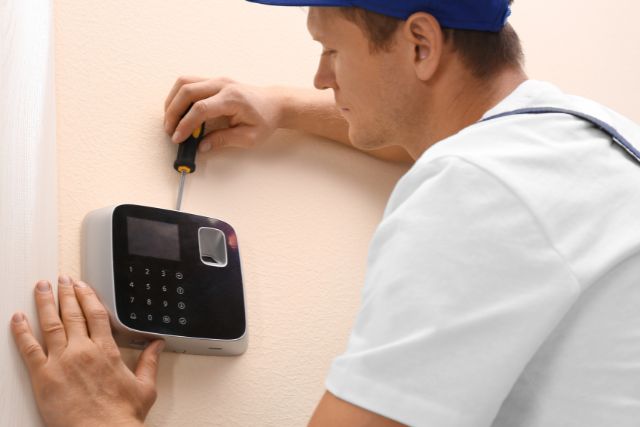
2. Training Staff and Users
Provide comprehensive training to your staff and system users to maximize security and operational efficiency.
3. Ongoing Monitoring and Updates
Regularly monitor the performance of your access control system and keep it up to date with the latest security patches and software updates.
Future Trends in Access Control
The world of access control is constantly evolving. Here are some future trends to watch out for:
1. Advancements in Biometrics
Stay updated on the latest developments in biometric technology, which is becoming increasingly sophisticated and secure for Australian businesses.
2. Artificial Intelligence and Machine Learning
Explore how AI and machine learning are being incorporated into access control systems to enhance security and automation for Australian organizations.
3. Cloud-Based Access Control
Learn about the benefits of cloud-based access control, which offers scalability and flexibility for Australian businesses, allowing them to adapt to changing needs.

Conclusion
Access control systems are indeed a business’s first line of defence in Australia.
By understanding the types, benefits, and considerations associated with access control, Australian businesses can create a secure environment that protects their assets and ensures compliance with local regulations.

